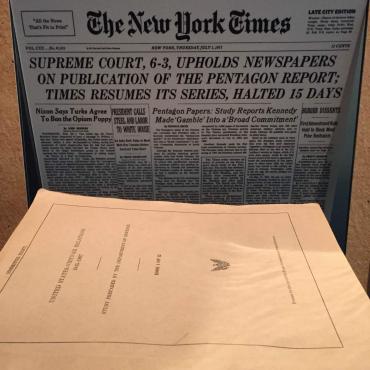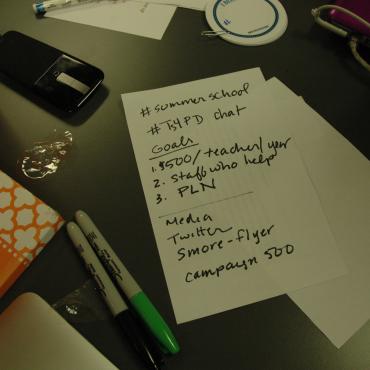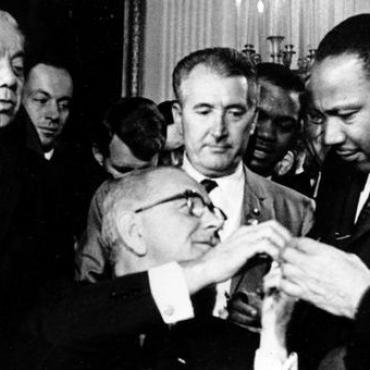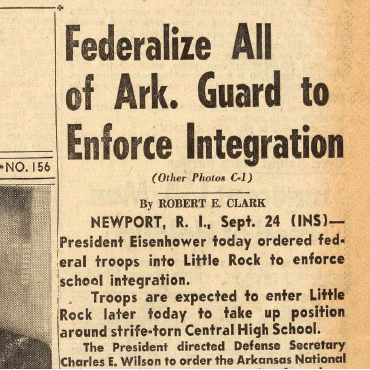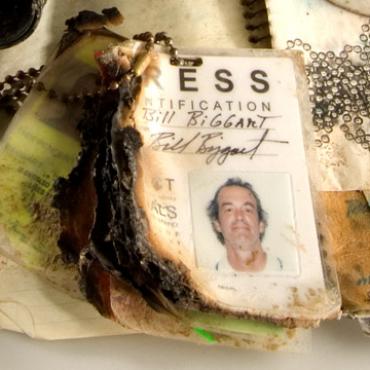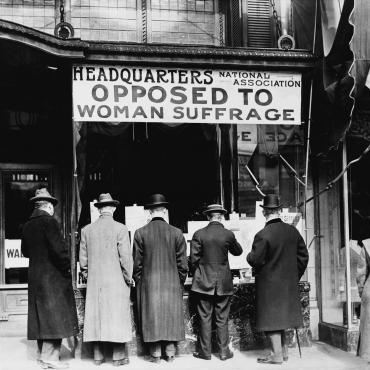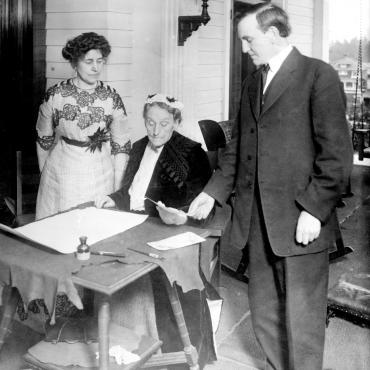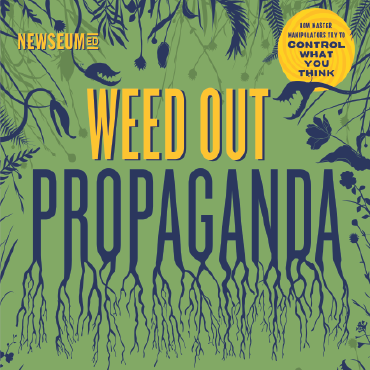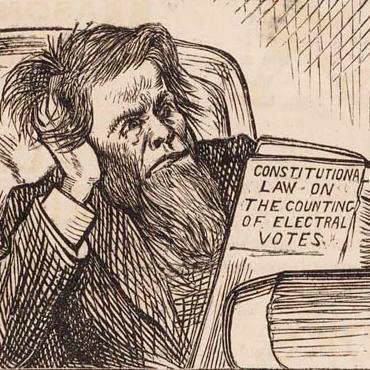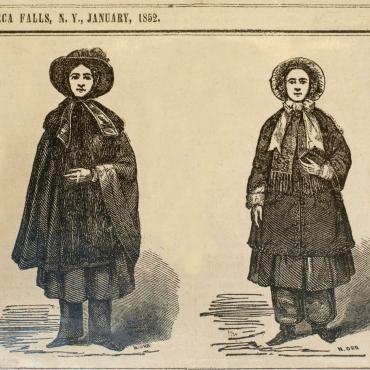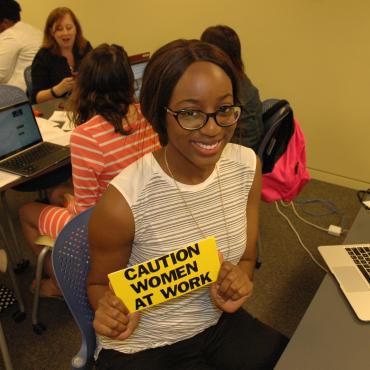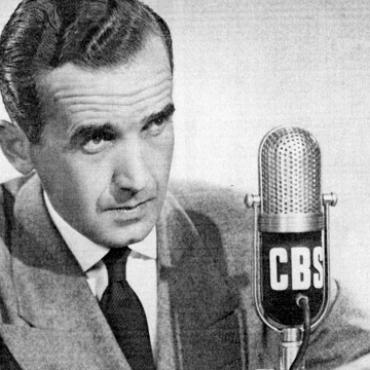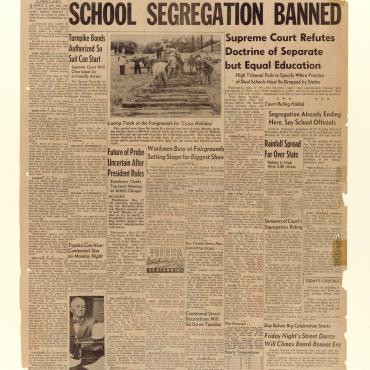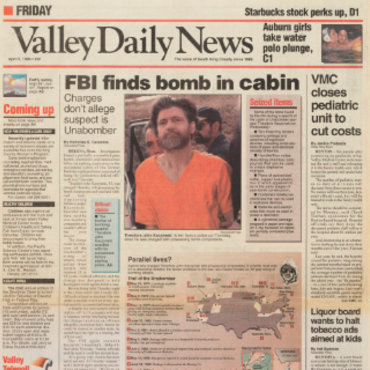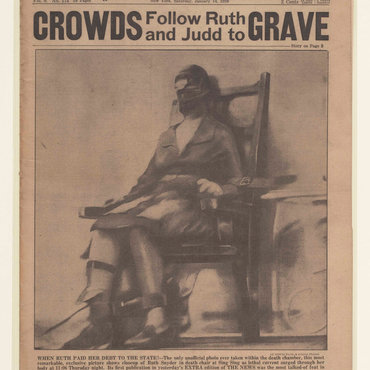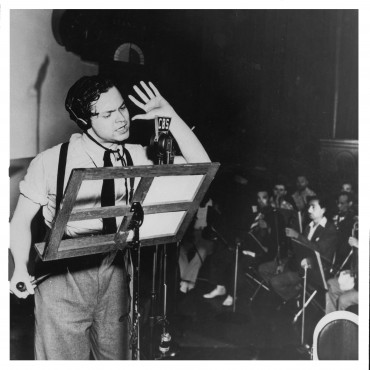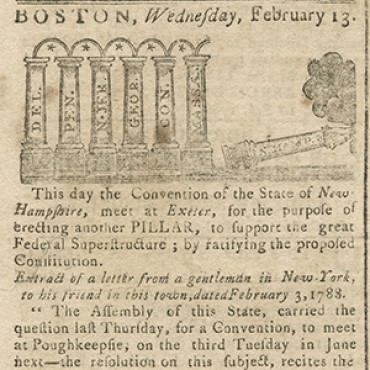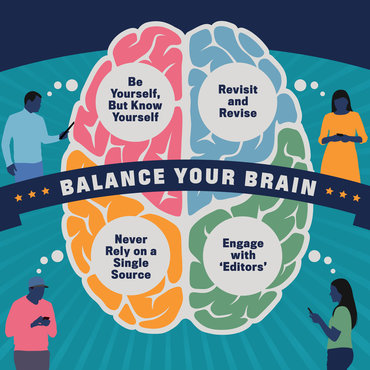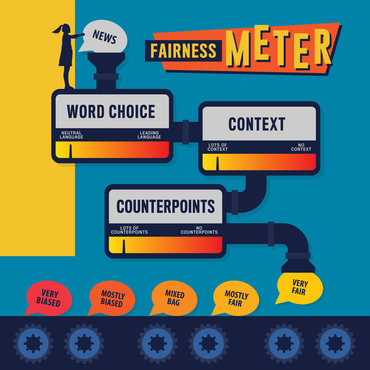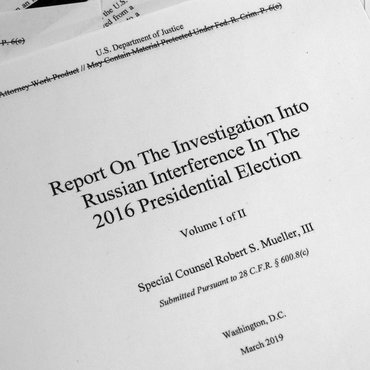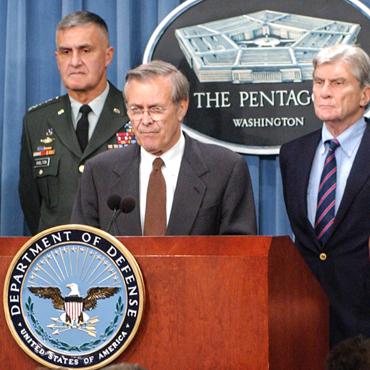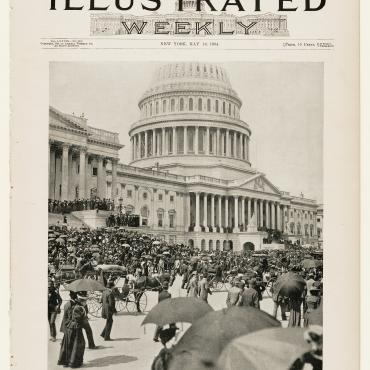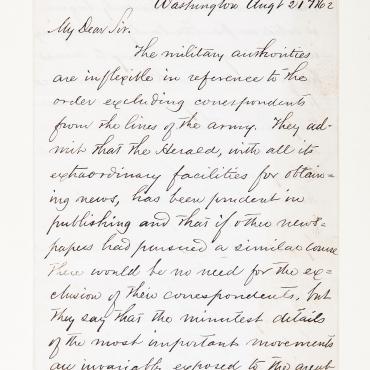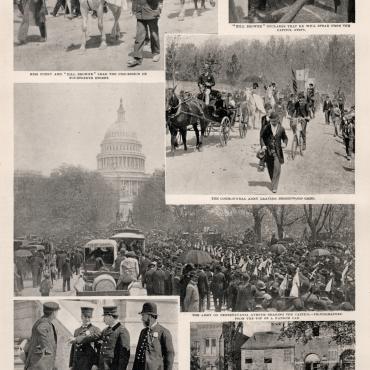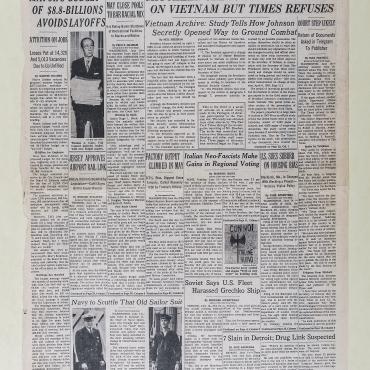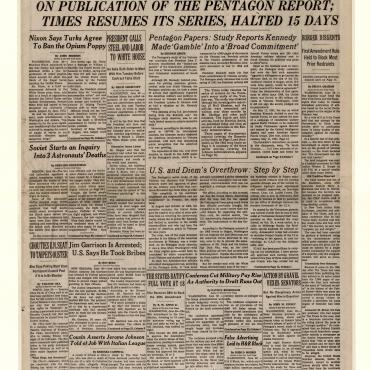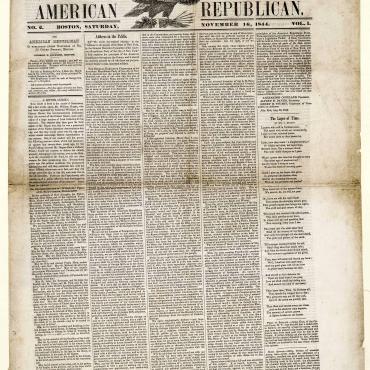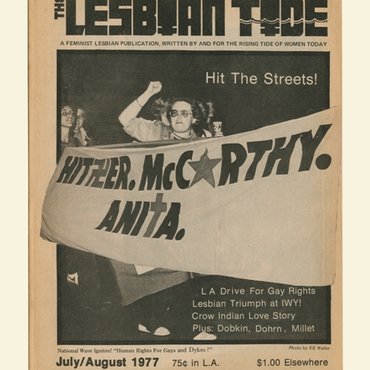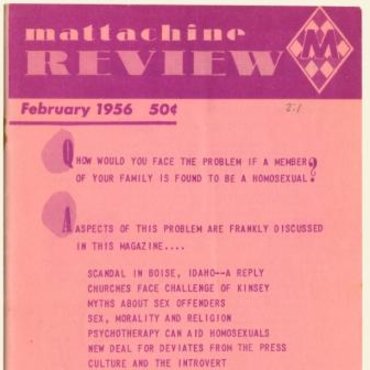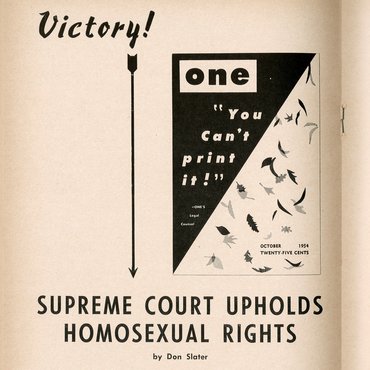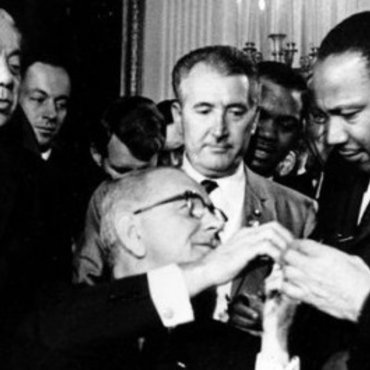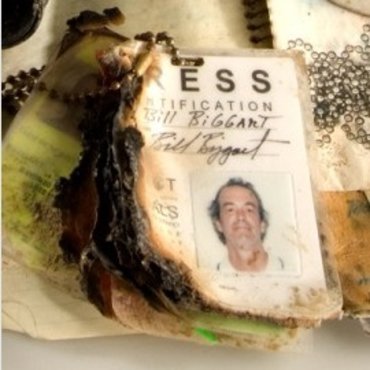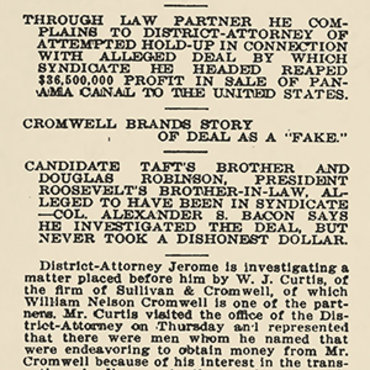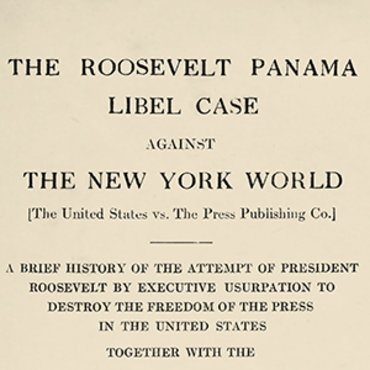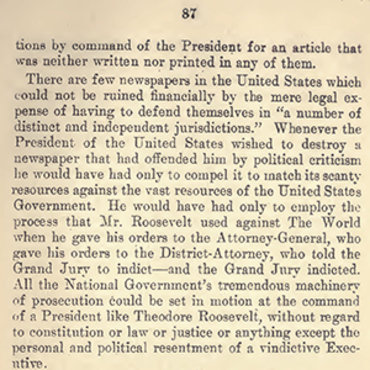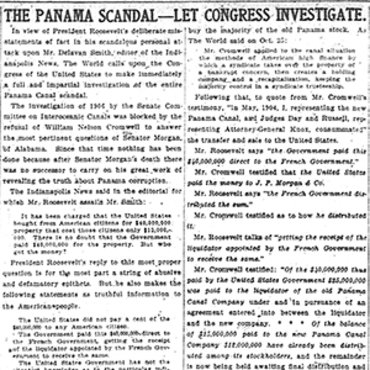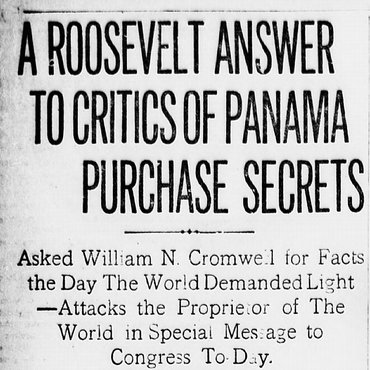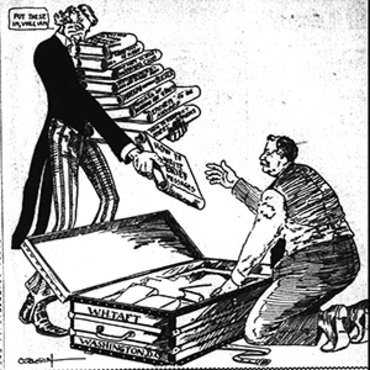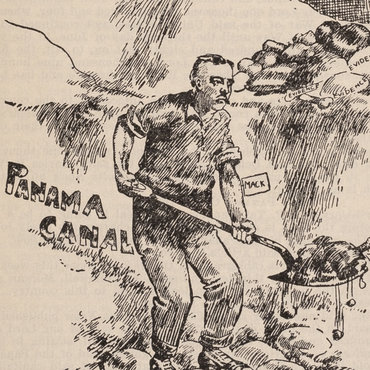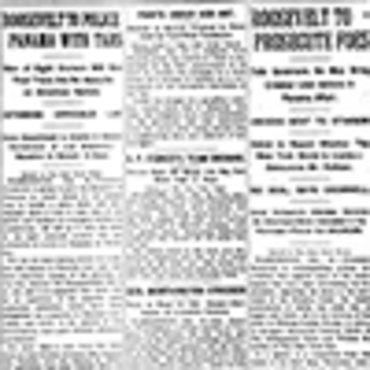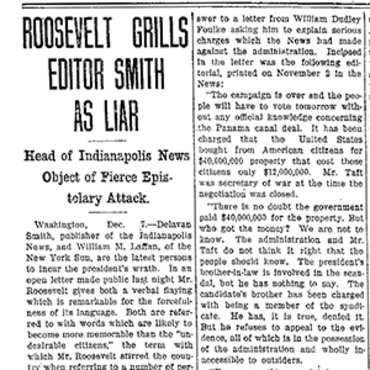
Watergate’s ‘Deep Throat’ (1972)
Decades after the Watergate scandal, Mark Felt publicly revealed that he was the mysterious "Deep Throat” who guided Washington Post reporters in their investigation. We offer a case study that examines the reliance on a source who insists on not being identified.
Get even more great free content!
This content contains copyrighted material that requires a free NewseumED account.
Registration is fast, easy, and comes with 100% free access to our vast collection of videos, artifacts, interactive content, and more.
NewseumED is provided as a free educational resource and contains copyrighted material. Registration is required for full access. Signing up is simple and free.
With a free NewseumED account, you can:
- Watch timely and informative videos
- Access expertly crafted lesson plans
- Download an array of classroom resources
- and much more!
- Journalism
- National Security
- Politics
- 7-12
- College/University
- Review the case study and background.
- Pass out copies of the case study and have students discuss it in small groups. Tell the groups they should attempt to come to a consensus about which of the multiple choice options they think is the best. They may also come up with another position.
- Ask the groups to share out their choice and reasoning.
- Handout - Watergate Case Study (download), one per student
- Why might a source not want to be identified? Consider good reasons and bad.
- What are the pros and cons of using an anonymous or confidential source? Which apply in this scenario?
- If you can’t get the facts on the records or confirmed by others, are you willing to pass on a potential blockbuster story?
- Does your decision affect the credibility of the news organization? Explain why or why not.
- Would your decision be different if it involved a lower-profile person than the president?
- Do readers have a right to know where your information comes from?
The Associated Press has set strict guidelines for using material from anonymous sources. It can be used only if:
- The material is information and NOT opinion or speculation, and is VITAL to the news report.
- The material is not available ANY other way.
- The source is RELIABLE and in a position to have accurate information.
Select a story in a newspaper, magazine or on a news website that cites one or more unnamed sources. Evaluate whether the information meets the AP’s guidelines.
In addition to the case study, the Newseum offers two Watergate-related videos through NewseumED. Each video has a viewing guide and lesson plan.
- Watergate: This five-minute video examines the role of the press in the historic Watergate scandal.
- Sources: This eight-minute video examines the sources that journalists use when reporting the news.
You also can view archived front pages revealing the identity of Deep Throat.
And, if you visit the Newseum, check out the Post reporters’ notes and the taped door from the Watergate office that led to the investigation. They are in the News Corporation News History Gallery, along with a set of the Pentagon Papers, the secret Vietnam War documents leaked by Daniel Ellsberg to The New York Times. President Nixon’s efforts to discredit Ellsberg contributed to the president’s downfall in the Watergate scandal.




